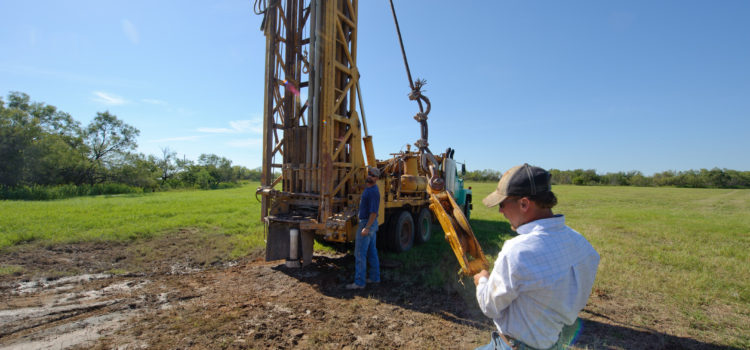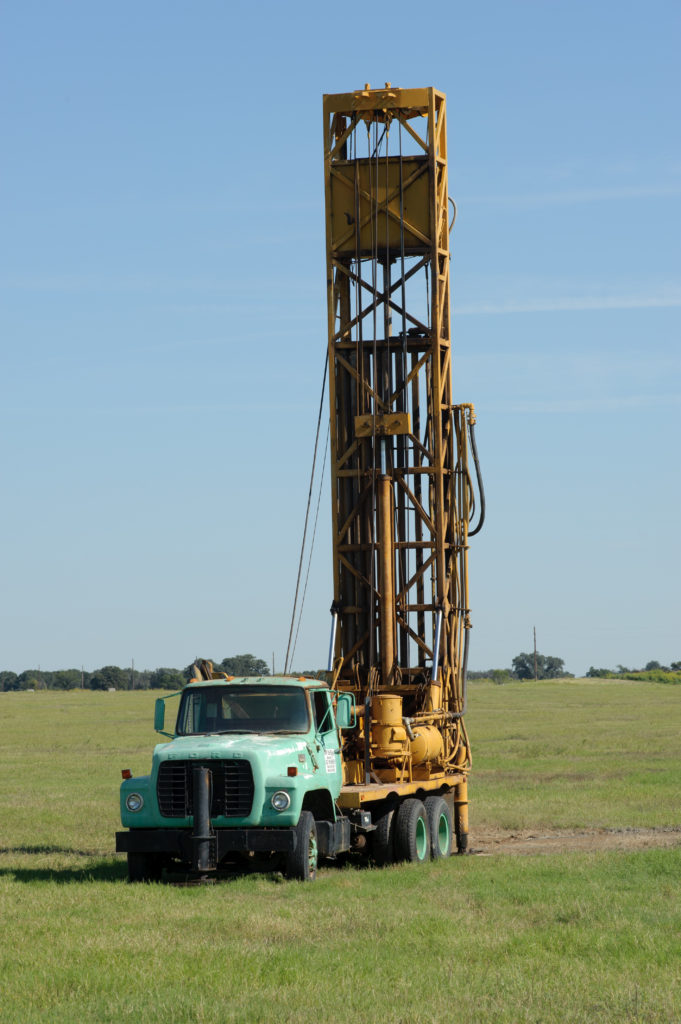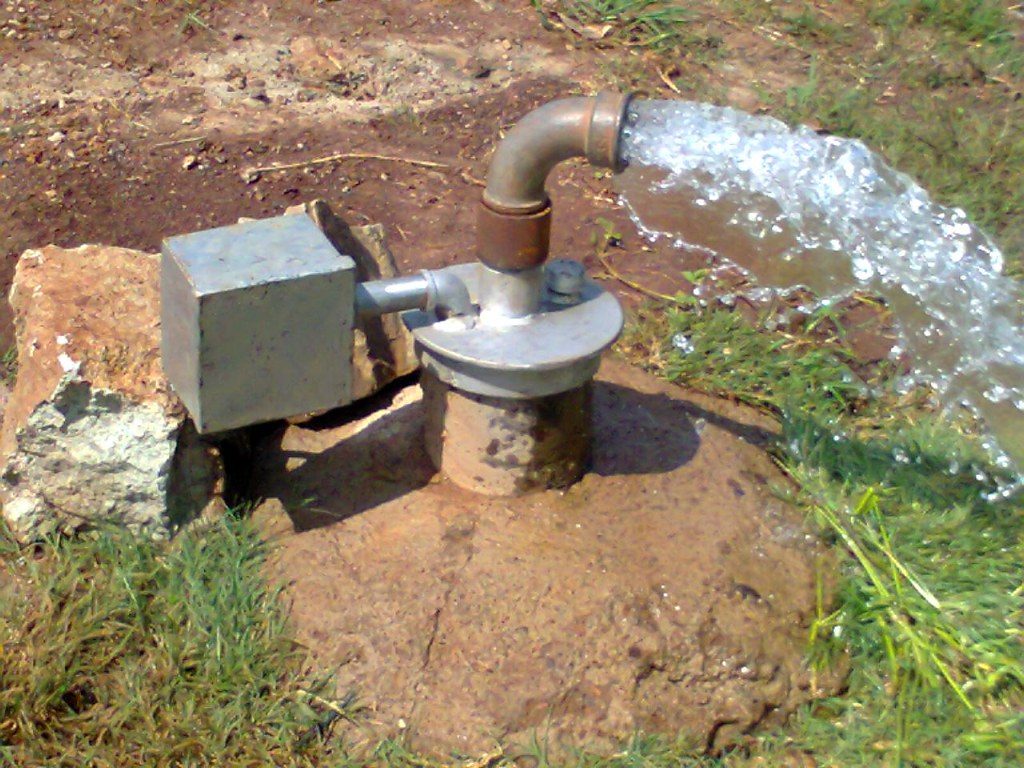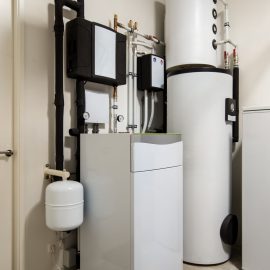
One of the biggest concerns for anyone looking to be self-sufficient and live ‘off-grid’ is access to untainted, fresh water. One of the more obvious solutions to this issue is driving or drilling your own well to tap into groundwater supplies. Groundwater is much purer than any other source since the water has been naturally filtered by the various layers of earth and sediment as rainwater slowly drains down into the water table. Even if you’re not a proponent of living off-grid, sometimes your only practical option to obtaining clean water in far-flung rural corners is by digging a well.
The feasibility of such an endeavor is contingent on quite a number of factors, which we will look into with some measure of detail.

How can you tell where there is water?
Before you dig a well, you need to know where the water is. Of course, your local geological survey office will be your first port of call in pinpointing where the water is, and also if the soil on your site is suitable for a well to be installed. There are a few signs you can be on the look-out for as well. For instance, you’re more likely to find water in areas of depression, like a valley, than you are to find it in a hilly area. There are also several species of plant life that can clue you into underground water sources. A professional horticulturist or even a quick Google search can help you identify the specific species of flora that you need to keep an eye out for.
Once you’ve found a likely spot, try digging a few test holes about five to seven feet deep. It is recommended that you space each test hole about four feet apart to check if the water is concentrated in a particular area or not. If there is water present, you’ll notice it seeping into your test hole as you reach the water level. Another option is to contact a professional water locator. These specialists use special electroseismic equipment to detect underground water by bouncing seismic pulses through the ground and monitoring the movement of underground water with a computerized device. This equipment is sensitive enough to be able to help determine the depth of the water table and permeability of the soil, which can give you an idea of whether the cost of digging is worth the returns.

How do you want to reach the water?
Say you’ve found water on your property, and there’s enough to warrant installing a well. What next? Well, first of all, you’ll need to check if you need a permit to dig. 99.99% of the time, this will be required since the quality of groundwater is a matter of public health. You will also need to check with the local building authorities if there are any underground service lines, sewer lines or old septic systems running through the area where you intend to dig.
Once all this has been taken care of, you can now decide how you want to dig your well. There are two generally used methods: driving and drilling. Driving is cheaper, but more physically demanding and not suitable for high clay content or rocky soil. The way driving works is that you quite simply hammer lengths of piping straight into the ground until you hit the water table. Driven wells tend to pump out about five gallons of water per minute, which is less than a drilled well, but still none too shabby.
However, if the soil conditions on your plot, or your own physical limitations, prevent you from driving a well on your own, your other option is drilling. Although there are several DIY well drilling kits available on the market, this method is best left to professionals, such as the folk over at NTL Drilling, to ensure that the job is done correctly.
The Final Word
Whether you drive or drill your well, expect the first 100 gallons or so to be muddy. This is normal and the muddiness will clear once you get past the 100-gallon mark. Also, make sure that you have the water quality tested for contamination from chemicals, bacteria or other foreign substances before you drink or bathe in it.
In conclusion, creating your own well by driving or drilling is feasible when the soil conditions are ideal and when the water table is at a reasonable level, between 30 and 50 feet deep. Any deeper, or if the soil conditions are less than ideal, getting your well drilled by professionals is really the best answer. If you decide to go ‘off-grid’ and have a well installed on your property, share your experiences in the comment section below and let us know how you got on!



